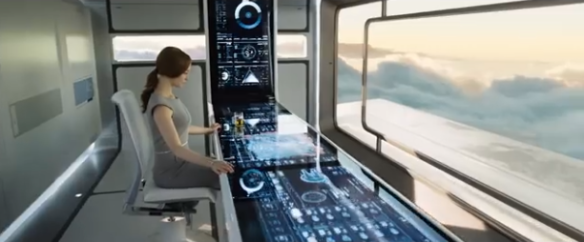The following tutorial is from Adobe Premiere Pro Help and is a useful guide to getting started with colour correction in Premiere Pro.
In video, color correction encompasses adjusting both the hue (color or chroma) and luminance (brightness and contrast) in an image. Adjusting the color and luminance in video clips can create a mood, eliminate a color cast in a clip, correct video that’s too dark or too light, or set the levels to meet broadcast requirements or to match color from scene to scene. Effects can also adjust the color and luminance to emphasize or de-emphasize a detail in a clip.
You can find the color- and luminance-adjusting effects in the Color Correction bin inside the Video Effects bin. Although other effects also adjust color and luminance, the Color Correction effects are designed for making fine color and luminance corrections.
You apply the Color Correction effects to a clip the same way you apply all Standard effects. The effect properties are adjusted in the Effect Controls panel. The Color Correction effects and other color effects are clip-based. However, you can apply them to multiple clips by nesting sequences. For information about nesting sequences, see Nest sequences.
![[micro] TUTORIALS.com](https://s0.wp.com/wp-content/themes/pub/twentyeleven/images/headers/shore.jpg)
